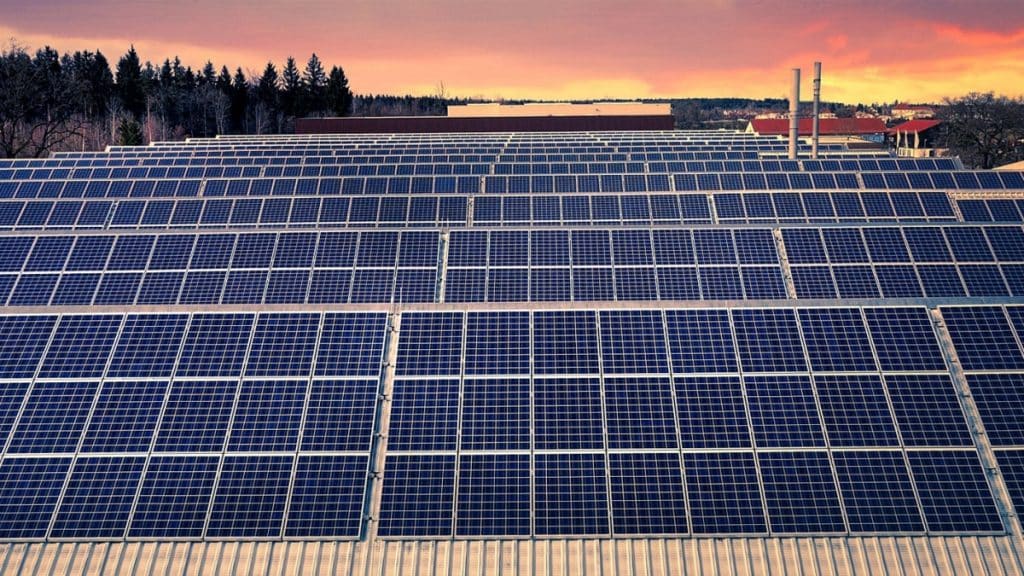The commercial and industrial sectors of India now use the Operational Expenditure model to access sustainable solar power solutions through third-party developers. A solar power system installation service under this model provides third-party developers to manage entire systems through ownership and maintenance thus enabling business access to solar energy without initial capital investment. The developer enters into a long-term power purchase agreement with companies while the companies pay costs for electricity use at rates agreed upon beforehand.
The Opex-based solar energy model has become popular with commercial and industrial consumers since they use approximately 75% of rooftop solar installations throughout India. Business consumers find the Opex model appealing because it provides enhanced saving potential across grid electrical costs along with zero initial capital expenditure. Specialist developers who manage the installation and operation of systems work independently from customers and show motivation for high-quality performance.
The Opex model delivers an attractive solution for organizations focusing on cost savings and sustainability objectives while freeing them from capital outlays for renewable energy adoption in India.
Understanding the Opex Model Solar
Through the Opex model businesses can access solar energy by making payments for operational expenses instead of paying large initial costs. The solar developer who keeps ownership of the system takes control of installation as well as operation and maintenance responsibilities while the client buys power through a PPA over several years. The power purchase agreement, which is 10-25 years, requires the client to obtain electricity from the generated power at an agreed-upon rate.
Businesses that choose the Opex model receive solar-powered energy savings directly since they need not invest their capital into purchasing systems. The Opex model works effectively for commercial and industrial (C&I) sectors in India to attract them because it provides energy cost savings and sustainability benefits.
Why Is the Opex Model Solar Gaining Popularity in India?
Cost-Effective Energy Solution
Industrial electricity rates together with commercial prices in India far exceed the basic residential billing structure. Through the Opex model businesses obtain solar power at reduced prices than what they would pay for conventional grid power. The Ministry of New and Renewable Energy (MNRE) indicates that Power Purchase Agreements (PPAs) for solar energy lead to tariffs between INR 3-4 per kWh which matches or comes below the typical INR 7-10 per kWh grid electricity charges across multiple states.
Companies using the Opex model obtain 30% to 50% lower energy expenses while avoiding capital outlays which makes solar power a cost-effective replacement for traditional electricity systems.
No Upfront Capital Investment
High preliminary investing costs for establishing a commercial solar power system currently represent the main obstacle to their adoption in the C&I market. With the Opex model businesses can obtain solar energy whereas they need not spend any upfront capital. Through the Opex arrangement businesses can access renewable energy without financial risk as the solar developer handles every cost from procurement to maintenance operations.
Guaranteed Maintenance and Performance
The Opex model requires solar developers to carry out all responsibilities of operating and maintaining (O&M) the solar system during the duration of the contract. The system preserves its maximum operational state throughout its lifetime while generating continuous power because developers manage all upkeep duties completely free of charge to their users.
Real-time monitoring systems operated by developers enable them to track energy output effectively while maintaining system efficiency and dependability.
Sustainability and Compliance Benefits
India has established goals to reach 500 GW of non-fossil fuel capacity by 2030 which leads businesses to face intensified pressure for adopting sustainable energy sources. Businesses that adopt the Opex model solar achieve dual advantages of reduced carbon emissions while fulfilling their CSR goals and sustainability requirements.
Many Indian multinational corporations currently pursue RE100 commitments since they intend to fully transition their energy supply to renewable sources. Through the Opex model organizations can reach their sustainability targets through both simple implementation and affordable setup.

Risk Mitigation and Financial Flexibility
Through the Opex model business adopters minimize their financial risks because all operational and monetary burdens fall on the solar developer. The Opex model ensures business owners benefit from set electricity prices because they can obtain fixed or progressively higher rates irrespective of grid electricity price changes.
How Does the Opex Model Solar Work?
The implementation process of Opex model solar demands four essential aspects.
The solar developer conducts an assessment of the site together with an evaluation of the facility’s power usage and possible solar panel capacity.
A Power Purchase Agreement (PPA) obtains a signature from the developer and business as both parties establish rates, responsibilities, and agreement durations.
After the business premises installation, the developer performs commissioning procedures for the solar power system.
The solar power system produces electricity for business consumption while the energy consumption triggers monthly billing to the company. According to the agreed tariff, the billing occurs monthly.
Under Operations and Maintenance (O&M) the developer provides periodic maintenance together with performance trackings and equipment repair services.
Future of the Opex Model Solar in India
The Opex model holds a crucial position to support significant expansion of India’s rooftop solar capacity. The C&I sector will lead the growth of rooftop solar capacity in India as per the 2023 India Energy Outlook by IEA which forecast 100 GW of additional capacity by 2030.
The Opex model will keep advancing through supportive policies such as net metering and renewable energy certificates (RECs) and financial incentives because businesses seek clean and affordable energy solutions.
The Key Takeaway
The Opex model solar provides Indian businesses with a revolutionary way to adopt solar energy through its fundamental shift in solar adoption approach. This solar power solution makes commercial and industrial sectors more financially receptive because it removes initial costs while ensuring maintenance and delivering extended cost reductions.
The solar solutions from Sunsure Energy provide customized options for customers who want dependable Opex-based solar power with optimized both financial advantages and operational efficiency. Sunsure Energy functions as one of India’s top solar developers to assist businesses in clean energy adoption through a zero-cost model providing long-term sustainability benefits. Sunsure Energy provides business power solutions through its services, which you can learn about by visiting Sunsure Energy.
